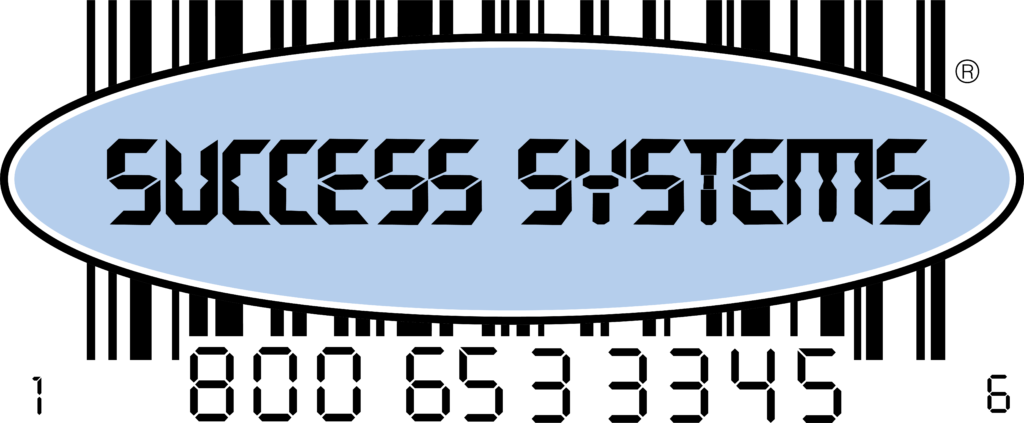Convenience store operations maximize profitability across several channels, but the ability to control inventory is a key performance indicator operators must master in order to run an effective business. When it comes to the health of the operation, operators use several financial metrics to calculate the inventory turnover ratio, which is the number of times during a set period your inventory is sold and replaced. In this article, we’ll define inventory turnover ratio and discuss its importance more in-depth, discuss how it’s calculated, and show how convenience store inventory can be effectively managed with inventory management software.
Inventory Turnover
Effective inventory management means knowing how fast inventory sells, and how quickly it needs to be replenished in order to meet customer demand. It’s equally important to understand this flow of inventory in order to prevent excess inventory from sitting on the shelf or having to be discarded if it is an item that expires. Ultimately, the bottom line when it comes to managing inventory is to move product as quickly as possible and have a system for replenishment just as quickly. Calculating and tracking inventory can also help assess the effectiveness of marketing campaigns or the introduction of new products. When assessed relative to other line items on a profit and loss sheet, operators can use inventory turnover to adjust to trends and measure the health of the operation.
Calculating Inventory Turnover Ratio
In order to determine how many times in a given period inventory is turning over, it’s important to be able to determine two values – the cost of goods sold (COGS) and the average value of the inventory. These values can be calculated by item, categorically, and even for the entirety of your inventory, and are key indicators into how effectively you’re managing products.
Cost of Goods Sold
Cost of goods is calculated by adding the dollar value of your inventory at the start of the inventory period to the dollar value of purchases during the period and then subtracting the dollar value of the ending inventory. Purchase costs include any shipping fees paid to vendors and wholesale costs. Ending inventory values should not include the costs of any wasted products.
Average Inventory
Calculating the average inventory requires you to know the dollar values of our beginning and ending inventory value. You add these two values together and divide the result by two.
Inventory Turnover Ratio
Once you’ve calculated your COGS value and the average inventory, you calculate your turnover ratio by dividing COGS by Average Inventory. You can also use the turnover ratio to determine the average time the product spends on the shelf by dividing the days in the inventory period by the turnover ratio value.
A healthy turnover ratio in the convenience store industry depends on the types of products being sold, but it’s the various metrics that go into calculating the ratio where operators can truly control and improve their inventory practices. Keeping waste low with responsive inventory practices and ordering strategies ensures the turnover ratio will be reflective of a healthy operation.
Leveraging Inventory Management Software
Convenience store management software should include a robust inventory management system. Integrated point of sale and ordering systems can be leveraged to automate much of the inventory management process. This can also help ensure the correct product is on the shelf in amounts supported by your business volume, providing a healthy and well-controlled inventory turnover ratio over time.
Every Beginner Can Benefit from a Mentor
If you’re already an operator in the convenience store and gas station industries, the concept of inventory turnover ratio isn’t new to you. However, depending on how advanced your systems are, you might be calculating some of the necessary metrics by hand, or relying on manual ordering and inventory, both extremely time-consuming processes. Working with our team of professionals at Success Systems, we can match your convenience store and gas station operations with the tools you need to implement the necessary automation in your inventory management practices and ensure a healthy inventory turnover in your operation. Request a demo of our services today!
You Might Also Like
Unlocking Efficiency and Profitability: ItScans-AI for Independent Retailers Powerful Tool Converts Paper Invoices to EDI – in 30 Seconds or Less Discover the power of ItScans-AI, the cutting-edge solution offered…
LotteryTrak® When only 5% of revenue is the retailer’s, control becomes the key to preventing losses in your Lottery Category. LotteryTrak is the most comprehensive, labor-saving, Real-Time based inventory solution…
Success Systems Announces Diamond-Level Sponsorship at 2023 Conexxus Annual Conference Norwalk, CT – Success Systems, the leading provider of retail automation solutions for independent retailers, is excited to announce…
Better managing inventory levels in your convenience store is something that will immediately impact the profitability of your business. Gone are the days of reconciliation in Microsoft excel and the…
In the past, retailers ran their businesses according to instinct and past experience. There were tried and true methods that all retailers swore by and for years it was how…



